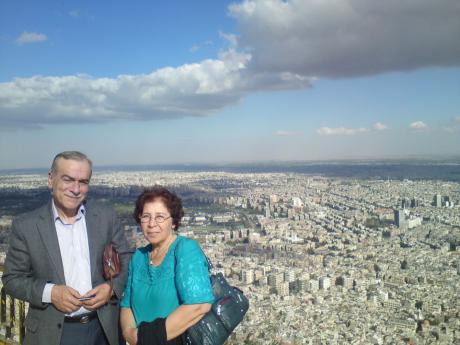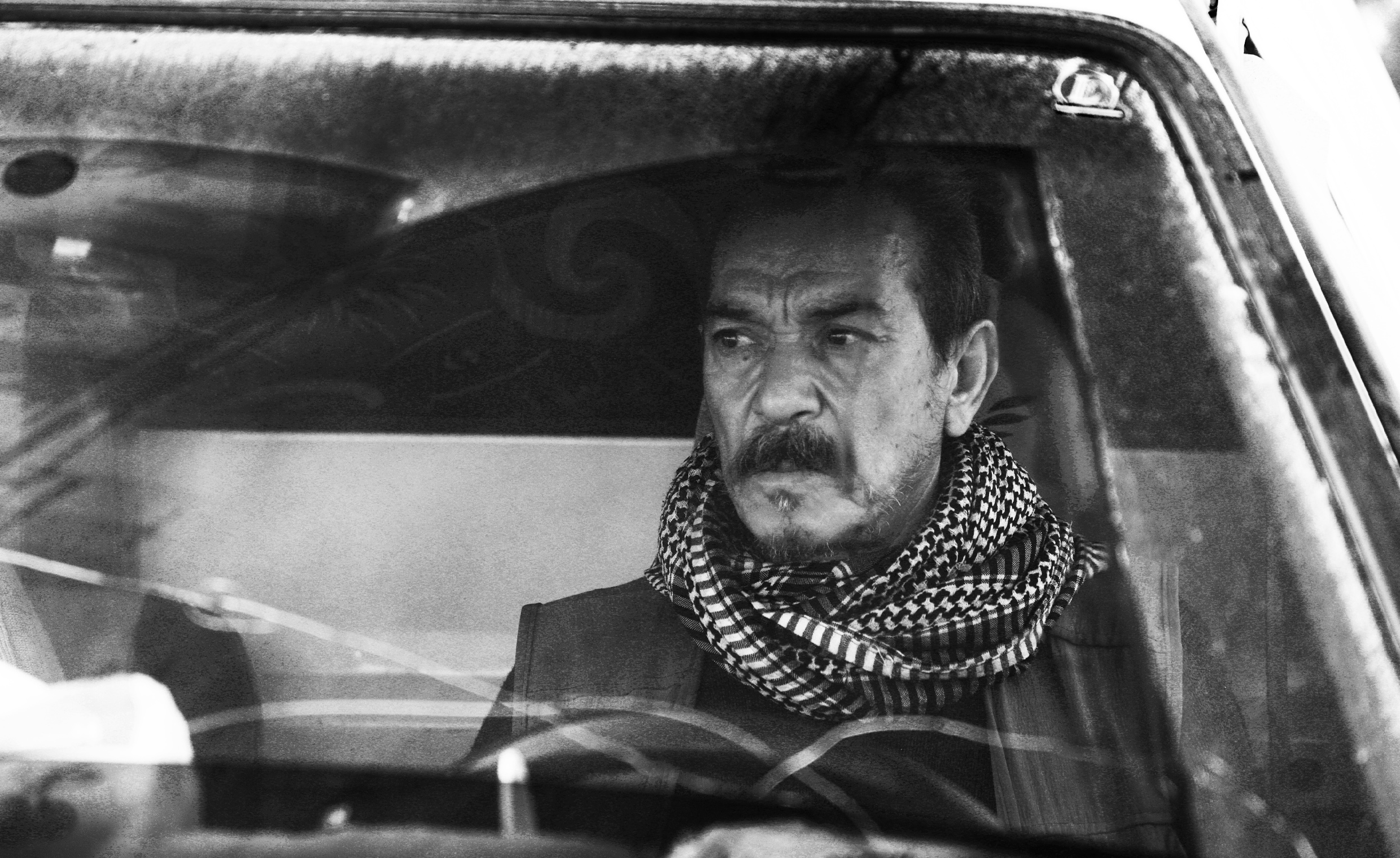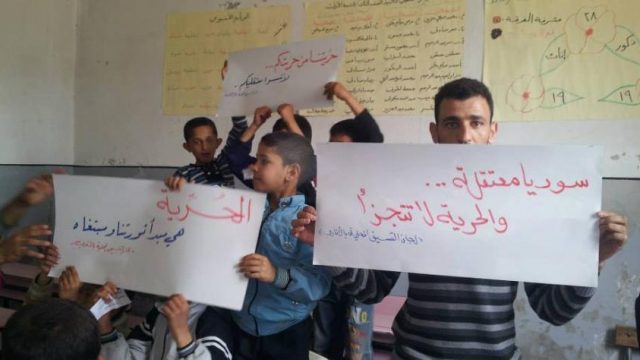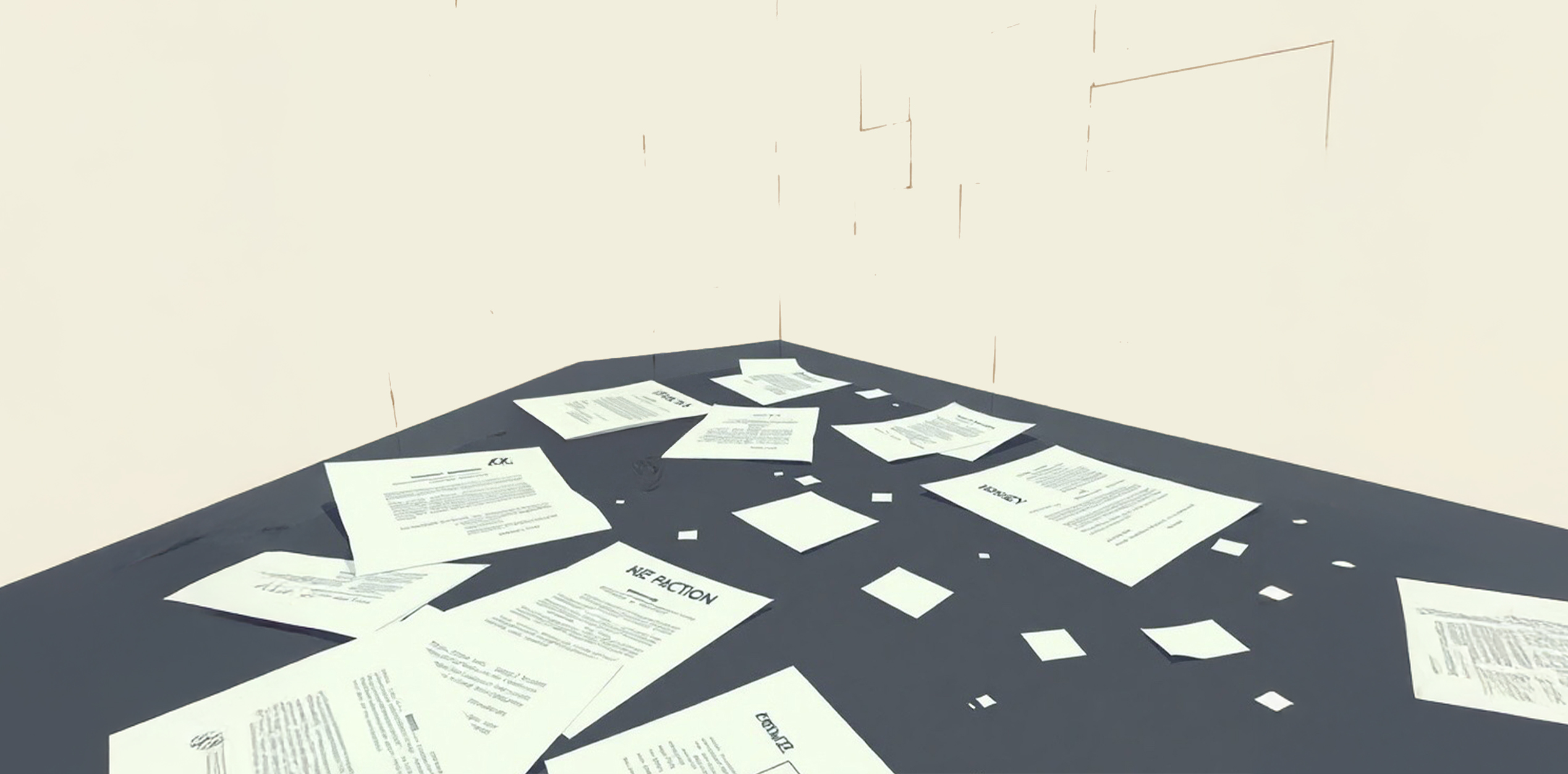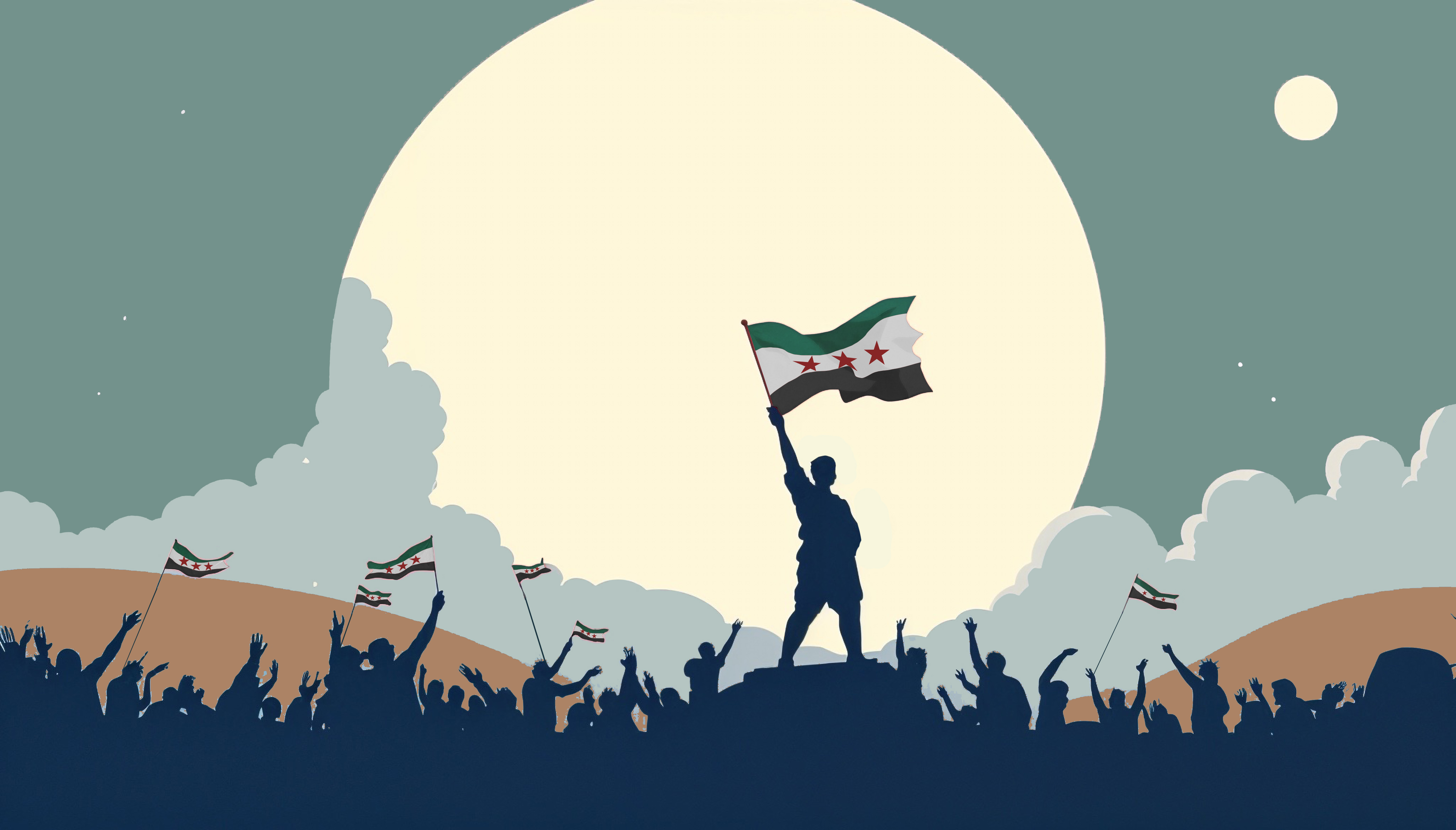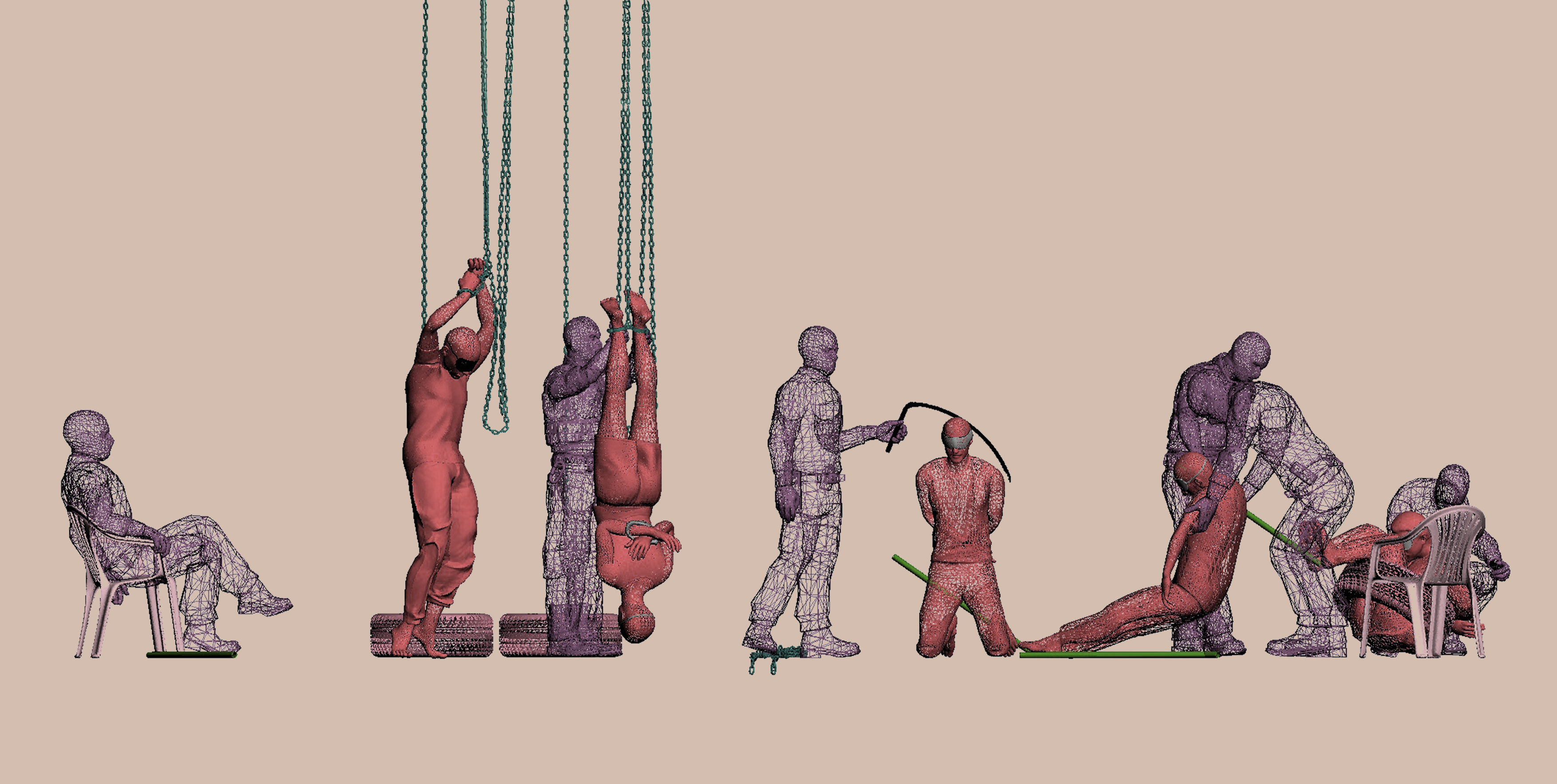In this long conversation, Noura Ghazi, an international lawyer and executive director of Nophotozone, discusses several critical issues related to liberated prisons in Syria: the new traumas the families of the victims are facing; the negligence and lack of preparation behind the management of the prisons after the release of the prisoners; the challenges in the collection of evidence and documents; the unethical behaviour of many journalists and media; the rumours and the misinformation that surrounded these events, harming the efforts on those working on the ground; and the priorities that should be put on the top of the agenda.
You are quite critical of how the opening of the prisons and its aftermath have been managed. Can you tell us why?
The way of releasing the prisoners was quite wrong. It is unfortunate, as during the past years we had many workshops and conferences to prepare us for this transition period. And when it came, no one could behave correctly.
First, they started with liberating civil prisons until they came to Damascus. And now we don’t know who among those prisoners was a criminal and who was a political detainee. I saw videos of people released from those prisons who claimed they were activists, but based on what they were saying they clearly weren’t.
Second, the way they managed the opening of unofficial detention centers and security facilities was also wrong. Most of those prisoners have spent many years there, and they were in a terrible situation, both mentally and at the health level. In this context, you have to take precautions. Just to give an example: they gave them food just after they went out, sometimes heavy food. This could have killed them.
Third, outside they found crowds waiting for them. These are people who went through years of torture and ill treatment. Some of them completely lost their memory, some are in very bad health conditions. And then they find themselves surrounded by armed men, weapons and cameras. This added another big shock to them and it should have been avoided.
Can you tell us more about what happened those days in Sednaya?
Every Syrian knows about Sednaya and it was known that the insurgents from the South were heading there. And yet, when they arrived, there were no medical teams. At least the civil defense (White Helmets) should have accompanied them. But they didn’t.
So they started to release the prisoners and many people went there, including the families of the detainees.
Sednaya has two different buildings, the white prison and the red prison. Those detained in the first one were in much better conditions. The reason is that in the white prison were detained military people, who were referred either to the military court or the counterterrorism court. Those in the white prison could receive visits, and had lawyers. They were in much better conditions.
The detainees in the red prison, however, were in a terrible situation. More than we can imagine.
In the case of the red prison, the chaotic release of the prisoners contributed to create multiple traumas. Many families, for example, used to live for years in denial [that their dear ones are still alive]. Now, after years without any information about their beloved ones, they have to go through a new phase of trauma and denial. I know this very well, because I lived it.
Imagine, even if the families found a record, and it's written in it that their relative was sentenced to death, this is a new trauma they have to face.
My team told me that when families discovered bodies even kids were present. Now the main three hospitals in Damascus are full of these bodies, and we are trying to convince the doctors not to publish any photo or data on social media.
The media were also a problem. I saw many videos from Al Arabiya and Al Jazeera interviewing detainees who were just released from Sednaya, asking them direct questions about the torture they were subjected to. And when those prisoners started to collapse and cry, they were insisting, which is unethical and unprofessional.
Imagine, even if the families found a record, and it's written in it that their relative was sentenced to death, this is a new trauma they have to face.
And then of course there was the case of Clarissa Ward and CNN. Even my niece, who is 16 years old, knew at once it was fake. Her father was detained three times, so she knows. At the same time, we cannot blame only the media because they are also relying on people who present themselves as experts but do not give correct information.
Speaking about the media, it seems that a lot of fake news has been coming out since the prisons were liberated.
There is a lot of disinformation and rumours circulating around all this.
At the beginning, some videos came out and they said they were of detainees from the red prison. I do remember this moment. The first video I watched, I was with my partner, and I told him: it is impossible. They looked too healthy.
When, later, we saw real detainees from the red prison, it was another story, and they had to carry some of them because they couldn’t walk. Then many people were saying there were secret places under the ground in Sednaya.
These rumours create additional traumas.
These rumours create additional traumas. While my team was there, they told me that some people hear voices. They go to my colleagues and they insist, but there are no voices. They are not lying. They are imagining. It's a kind of self-defence because you need to believe that you will find your beloved ones.
Then we began to receive more reliable information. There was only a place they found underground, with, like, 13 bodies. My team was there and I received the photos. The only person I could recognise was Mazen Hamada. Until now, I am still not able to look at them.
The regime has fallen. But a Syrian Kurdish family continues its endless marathon of displacement
23 December 2024
Another problem is when they tell families that there are applications in which you can put the name of a disappeared one in order to know where she or he was. But this is impossible now, since we do not have even half of the documents yet.
Finally, now we have all the rumours and fake news surrounding the mass graves. Everyone now is an expert of this, even if it is the first time in their life that they saw one.
So we hear people saying that a mass grave recently discovered close to Damascus, in Qutayfah, would contain 75.000 bodies. But we know it takes a long time to know how many people a mass grave contains. We are not speaking of bodies: it is human remains.
Also in this case, the chaos can cause real damage, because, if these places are not protected, people can go there and mess with the evidence. Until now, no international organizations went to the mass graves, while ICMP specifically should go there.
This is tragic, because we have only these two types of evidence: the documents, and most of them were destroyed, and the bodies of those killed.
Can you tell us about the work organizations like Nophotozone are now doing in Sednaya?
Now the problem is that the prison is open to everyone. Everyone is going there. Everyone is taking documents and records. We saw videos of people walking and stepping on the documents. Most of the records with the names of the detainees in the red prisons are lost. Why? Also because their families and even some media workers took some of them.
HTS thought it was ok, that it was better to keep it open for the families to search for their beloved ones. But now it is impossible to have accurate numbers, and there are big differences between those given by different organizations, or the civil defence.
Now some volunteers, including my team, are going every day to collect documents and keep them. But another problem is that this is a new trend: everyone wants to work on this. All the organizations write on social media that they are working in Sednaya. Some organizations then said they finished their work, while my team was even helping digging and getting people out of there.
The effect is that unfortunately most of the families lost trust in civil society organizations, as they are offering contradicting data. There are no clear answers. But those doing the real work are those on the ground, who silently try to save these documents.
A colleague told HTS that we are collecting those documents just to save them and deliver them to international bodies. We are coordinating with ICRC and IIMP [established by the UN in 2023].
The effect is that unfortunately most of the families lost trust in civil society organizations, as they are offering contradicting data.
So, for example we are publishing and sharing within our network everything ICRC publishes because they ask us to help with delivering back the missing documents, spreading their contacts among families of missing or released prisoners, and to provide assistance in the release of prisoners.
As for IIMP, we did a survey to collect data they can use when they have their teams on the ground.
The only international organization that until now did not contact us is ICMP, despite the fact that we collaborated with them for years.
We are also collaborating with HTS of course, because they do not know how to handle this, and we established a new channel with them. At least many activists could convince them to close the other detention centres. This means we can focus only on Sednaya, and later we can start with other places.
The final agreement with HTS is that we will pass all the documents to them, and then, in coordination with them, we will archive them and try to fill the gaps (as many documents have been destroyed). In the end, we will deliver everything to the main international bodies. It will take a long time though, at least 1 or 2 months, to collect all the documents. Just if we consider only Sednaya, we are not even at 25% of the total work that has to be done.
Another urgent issue is the rehabilitation of those who have been released. And here we have to include the families. There are two types of families: those that still do not have any information about their beloved ones (which involves a lot of pain), and those families whose beloved ones were released, but are in terrible conditions. In this second case, accepting them, realizing in which state they are, all this constitutes a new trauma. I experienced this trauma myself when my father was released the last time.
All of this involves a process of ‘re-traumatization’, as it reopens again the trauma related to those you lost. For someone like me, it is like I just remembered everything. And I am asking myself: what if Basel is still alive? I have not been able to sleep since the 8th of December, and, when I do, I have nightmares.
All of this involves a process of ‘re-traumatization’, as it reopens again the trauma related to those you lost.
Finally, we have those who were released and they lost their memories. Many of them are now living on the streets, there are at least one hundred in Damascus. They don’t remember who they are. It is difficult to know to which families they belong, because their aspect changed because of the detention.
Which are the priorities now?
There are a lot of things to do. We started to coordinate with academic centers and other organizations because some of the documents should be used to create historical archives, publish them and maybe create a museum. In this context, as Nophotozone we are just there to help, to act as mediators.
Assisting the released detainees and their families requires a lot of work and resources, and we are now collecting donations to cover these activities, like to pay psychologists for example. This is a moment in which grieving is happening, but there are also false hopes. We must take more care of the feelings of the families.
That’s why we are telling the families that they should lead civil society organizations.
We should follow them, and not the other way around.
This is very difficult also because some of the people working on the ground, including me and my team, are deeply involved. Some of those working today in Sednaya were detained before. Others have their own relatives among the disappeared. Being there is a kind of torture, but we can’t leave it.
Luckily, Syrian communities are providing a lot of support here. Many volunteers are working in Sednaya, like teachers, musicians and artists.
At least, we found again this feeling of being part of a larger Syrian society.
Noura Ghazi is an International Human Rights Lawyer and the executive director of Nophotozone, a non-governmental organisation that seeks to promote legal awareness, human rights and knowledge related to cases of detention and enforced disappearances. Her husband, Bassel Safadi, an open source software programmer and media freedom activist, was arrested by the Syrian regime in 2012, and executed in 2015.
Her organization recently launched this campaign:
URGENT: Help Us Support Released Detainees in Syria
Thousands of detainees, many tortured and presumed dead, have recently been freed in Syria. These survivors are now facing immense challenges:
Reuniting with families who believed they were lost forever.
Healing from severe physical and psychological trauma.
Finding basic shelter and rebuilding their lives.
Since 2018, we’ve been providing support to detainees and families of the forcibly disappeared. Now, the need is greater than ever.
Your donation can provide:




https://www.paypal.com/ncp/payment/SJX8HGSKZKU5A


